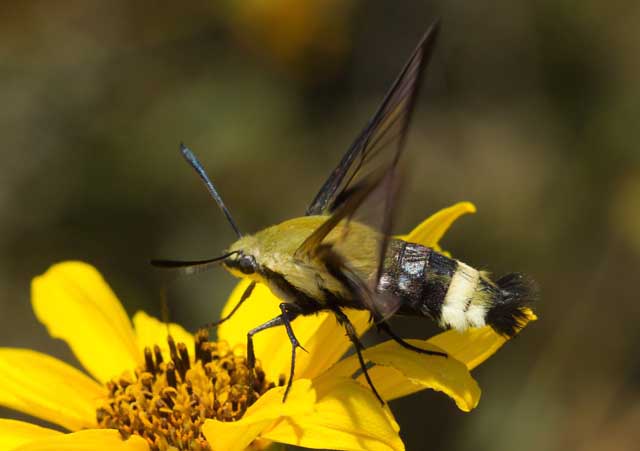Riverside County
Sphingidae
Eumorpha achemon, fourth instar larva, June 25, 2005
Lake Elsinore in Riverside County, courtesy of Peter Sidoruk.

Eumorpha achemon, fourth instar larva, June 25, 2005
Lake Elsinore in Riverside County, courtesy of Peter Sidoruk.
It is hoped that this checklist, with the thumbnails and notes, will help you quickly identify the moths you have encountered.
A WO" after the species name indicates that I have no confirmed reports of this species in Riverside County, but I (William Oehlke) expect that this moth may be present.
A USGS indicates the moth is reported on the USGS website and/or in Moths of Western North America, #2. Distribution of Sphingidae of Western North America, revised, an excellent little booklet available through Paul Opler.
This page is inspired by and dedicated to
Peter Sidoruk. Peter sent me the image of the immature
Eumorpha achemon larva at the top of the page. The larva
is feeding on grape and will lose the anal "horn" as it sheds its skin to
move into the fifth instar.
Many thanks to Ted and Sonia Abahazi who sent the Manduca sexta image
at bottom of page.
Many thanks also to Doug Galasko who sends the following images of Hemaris senta.

Hemaris thetis, Cleveland National Forest, Riverside County, California,
July 5, 2013, 2000ft, courtesy of Douglas Galasko, via What's That Bug? (Daniel Marlos).

Hemaris thetis, Cleveland National Forest, Riverside County, California,
July 5, 2013, 2000ft, courtesy of Douglas Galasko, via What's That Bug? (Daniel Marlos).
Sphinginae subfamily
Smerinthini Tribe:
Macroglossinae subfamilyDilophonotini Tribe:
Philampelini Tribe:
Macroglossini Tribe:
|

Manduca sexta sexta, Corona, California, August 25, 2007, courtesy of Ted and Sonia Abahazi.
Enjoy some of nature's wonderments, giant silk moth cocoons. These cocoons are for sale winter and fall. Beautiful Saturniidae moths will emerge the following spring and summer. Read Actias luna rearing article. Additional online help available.
Use your browser "Back" button to return to the previous page.
This page is brought to you by Bill Oehlke and the WLSS. Pages are on space rented from Bizland. If you would like to become a "Patron of the Sphingidae Site", contact Bill.
Please send sightings/images to Bill. I will do my best to respond to requests for identification help.
 Show appreciation for this site by clicking on flashing butterfly to the left. The link will take you to a page with links to many insect sites. |